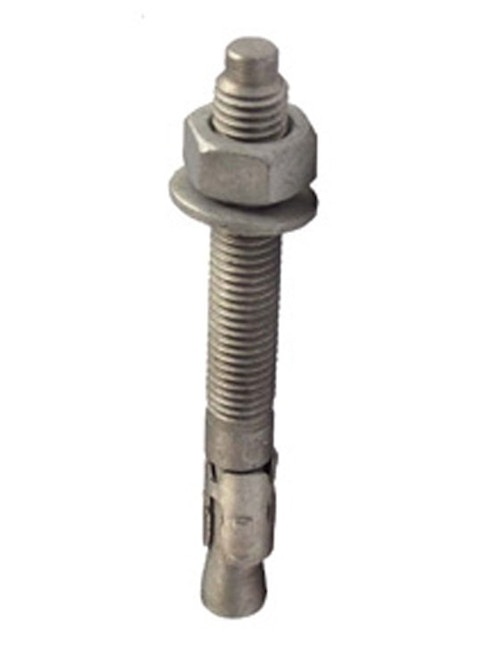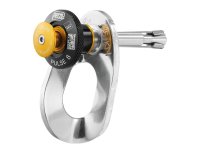aricooperdavis
Moderator
I'm in the market for some 8mm throughbolts. Whilst I could find some discussion of the pros and cons of throughbolts as opposed to spits/resins etc, I couldn't find much about what is expected of the throughbolt itself.
So what sort of specs should I be looking for? I get that this depends on their use case, but how should I be choosing?
For example I might use an A4 stainless bolt if I wanted a longer life, or to avoid any staining of the rock. But what sort of permissable tension/shear loads should I be looking for? Should I be looking for ICC (US) approval? How about Seismic C1 and C2 ratings?
I know that the Dachstein expedition has used Fischer FBZ II 8/10 in the past (a mixture of the stainless R variant and the non-stainless variant), but they're not easily sourced in the UK, instead they're pushing the higher spec, and higher cost, FAZs.
What is everybody else using?
So what sort of specs should I be looking for? I get that this depends on their use case, but how should I be choosing?
For example I might use an A4 stainless bolt if I wanted a longer life, or to avoid any staining of the rock. But what sort of permissable tension/shear loads should I be looking for? Should I be looking for ICC (US) approval? How about Seismic C1 and C2 ratings?
I know that the Dachstein expedition has used Fischer FBZ II 8/10 in the past (a mixture of the stainless R variant and the non-stainless variant), but they're not easily sourced in the UK, instead they're pushing the higher spec, and higher cost, FAZs.
What is everybody else using?





